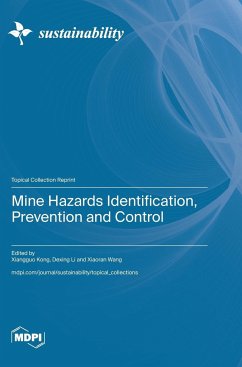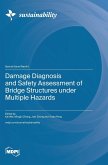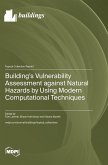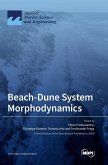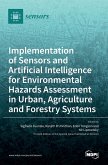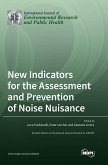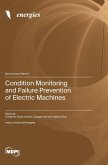In human social development, the consumption of fossil energy, especially coal, has promoted economic prosperity, cultural exchanges, and social progress. With shallow coal resources exhausted, coal mining engineering has entered deep areas. The coal geology environment of the deep area differs from that of the shallow. With mining depth increasing, all the stress of buried rock stratum and surrounding rock and gas pressure of coal seam increase gradually. In addition, geological structures, such as complex faults, big folds, and thick-hard roofs, will increase the risk of coal mining. Once the dynamic disaster occurs, it will induce miner casualties and property losses. So, it is urgent to identify mine hazards, such as coal and gas outbursts, rock bursts, gas explosions, and coal fires, and research their formation mechanism, occurrence, and development process. Furthermore, prevention and control methods should be proposed to reduce mine disasters. Only in this way can we promote the safe, green, and efficient development of coal mining. This Topical Collection, titled "Mine Hazards Identification, Prevention, and Control," aims to allow global researchers to conduct a broader scientific and technological discussion on such advances to improve the prevention and control level of disasters encountered during underground coal mining. The discussion topics include, but are not limited to, the basic experiments, modeling, numerical simulation, and field tests of aforementioned disasters.

